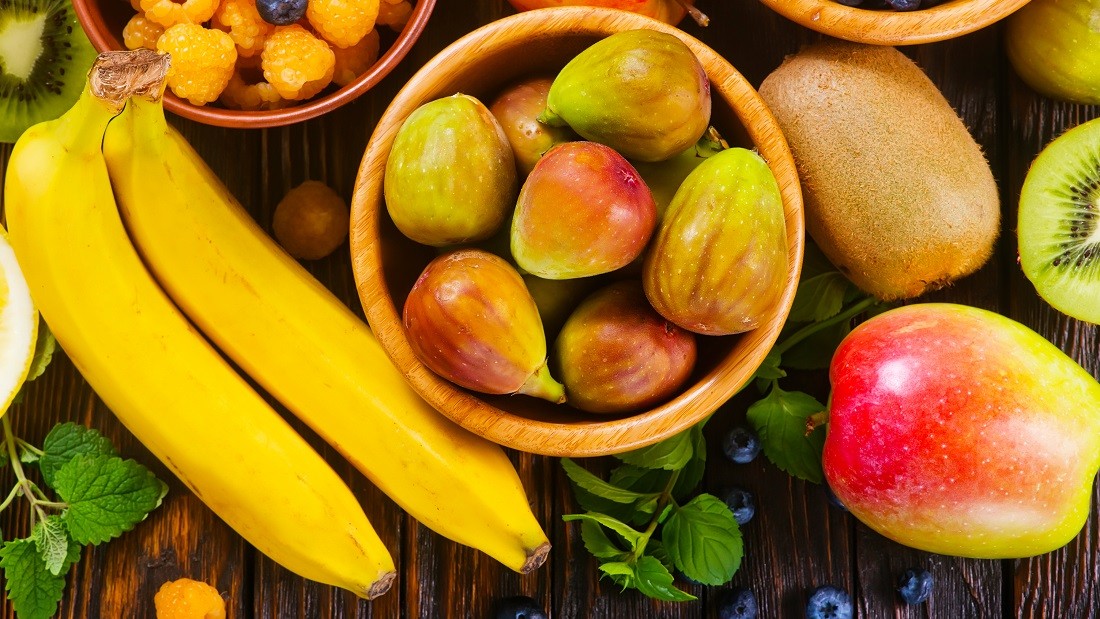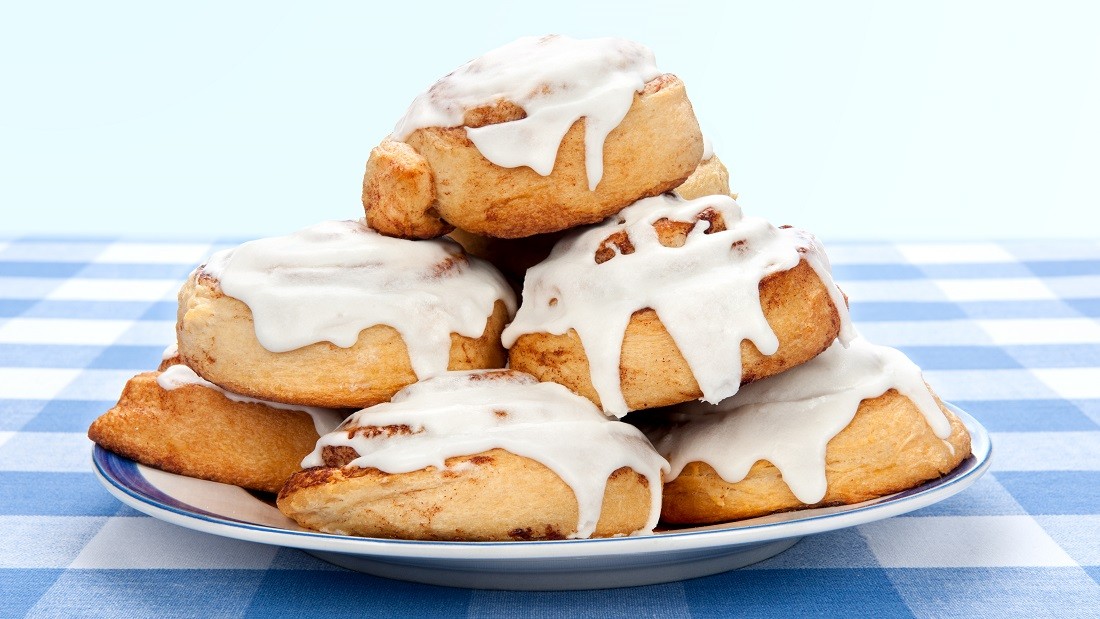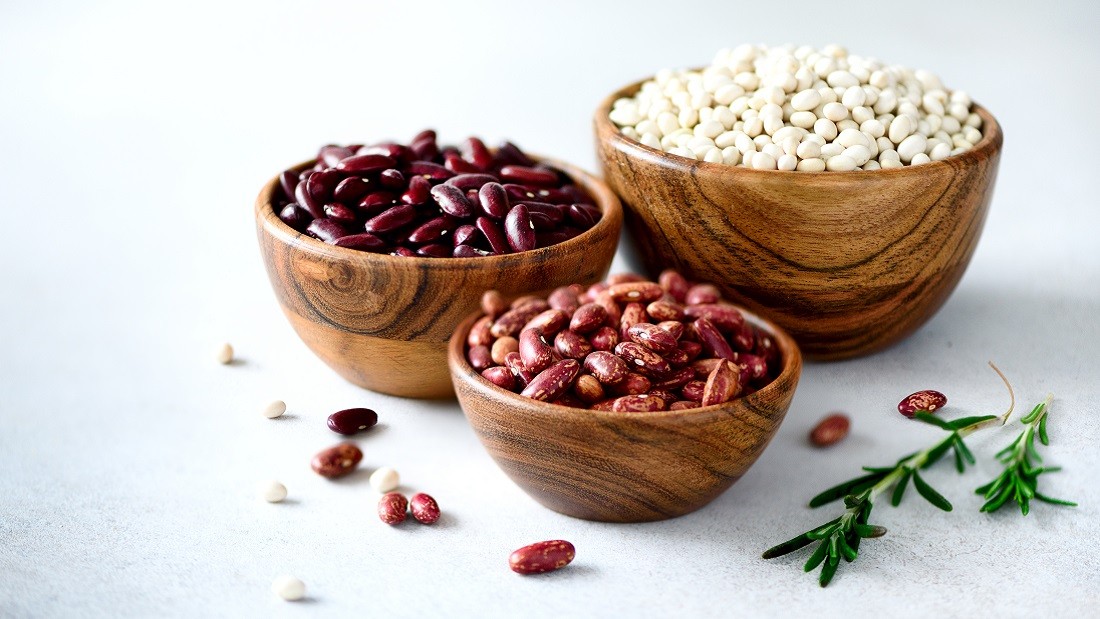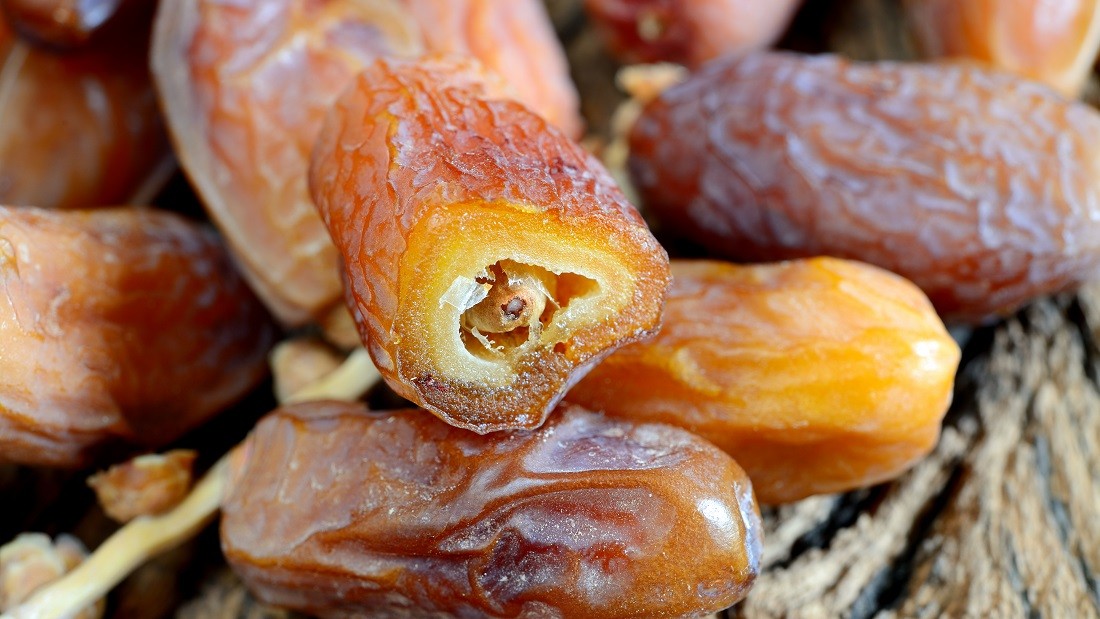Carbohydrates

How much do you need daily?
Carbohydrates should be the body’s main source of energy in a healthy balanced diet, but not all carbohydrates are the same (more on this below). There are three different types of carbohydrates found in food – sugar, starch and fibre. The government published new guidelines in July 2015 recommending that adults should aim for a fibre intake of 30 grams a day.
The government recommends the following intakes
| Age (years) | Amount of fibre recommended per day (grams) |
|---|---|
| 2-5 |
15 |
| 5-11 |
20 |
| 11-16 |
25 |
| 16+ |
30 |
If you have a digestive disorder such as irritable bowel syndrome (IBS), you may need to modify the type and amount of fibre in your diet in accordance with your symptoms. Your GP or a dietitian can advise you further about this.
Are we getting enough?
On average, we consume much less fibre than the recommended amount. In 2018, the UK National Diet and Nutrition Survey found that the average intake in adults is 19 grams per day, well below the recommended 30 grams per day.
Why do we need it??
Carbohydrates are essential for good health as they provide us with glucose, which is the main source of energy for the human body and all its cells. They are present in food in the form of sugar (simple carbohydrates), starch and fibre (complex carbohydrates). Fibre is the only type of carbohydrate that cannot be converted to glucose and used as an energy source but it has other important functions.
When people talk about blood sugar levels, it always means the amount of glucose in the blood. As carbohydrates get digested, they release glucose into the bloodstream. Some foods release it faster and some slower. Based on this, a measurement of glucose-release speed has been devised called the ‘glycaemic index’ (GI). Foods that release glucose quickly have a high GI, foods that release it slowly have a low GI and there’s a whole range of foods with a medium GI.
A carbohydrate is a molecule containing carbon, oxygen and hydrogen. Depending on how many of these molecules are bound together, their different types and number, carbohydrates can be either simple or complex. Both simple and complex carbohydrates can be a part of a healthy diet.
Simple carbohydrates (sugars):
- single sugar molecules (monosaccharides) – eg glucose and fructose
- two sugar molecules linked together (disaccharides) – eg table sugar (sucrose, consisting of glucose and fructose) and milk sugar (lactose, consisting of glucose and galactose)
These carbohydrates are digested quickly and we should watch our intake – with the exception of fruit and vegetables. Fruit and vegetables naturally contain fructose, a simple sugar. But if fruit and vegetables are eaten fresh and whole they also supply a wealth of complex carbohydrates along with many other nutrients which slow down the speed of sugar absorption. Fruit and vegetables are among the healthiest foods so there’s no need to limit their intake. They are best eaten raw, lightly cooked or blended in a smoothie (avoid canned). See our wallchart comparing smoothies and fresh juice here.
Beware of fruit juices – unless they are freshly made, they undergo a pasteurisation process which destroys most of the goodness of the fruit and the result can be little more than just sweet water.
Complex carbohydrates
Complex carbohydrates (polysaccharides) consist of many sugar molecules linked together in complex structures. Complex carbohydrates usually mean starch and fibre. The difference is that we can digest starch very well – your body breaks it down to single glucose molecules – whilst we cannot digest fibre.
In terms of starch, it’s naturally a part of many foods (wholegrains, pulses, root vegetables, pumpkins, courgettes etc) which belong in a healthy diet. These foods contain starch along with many other nutrients and your body digests them slower. On the other hand, refined starches used as a binding ingredient in foods such as biscuits, processed snack foods and sweets are extracted from their natural source – a process that strips off all the other nutrients – and are not very healthy because your body can digest them faster which may result in high blood sugar levels.
If you have too much sugar in your blood at any given moment (more than your body’s cells can take up), your body will immediately try to restore the balance by removing some of the sugar and storing it as fat.
The healthiest sources of carbohydrates:

Unprocessed or minimally processed foods such as wholegrains, fruit and vegetables, pulses (lentils, beans, peas) – these release their energy gradually, promote good health by providing vitamins, minerals, fibre, antioxidants and many important phytonutrients.
Unhealthy sources of carbohydrates:

Processed or refined foods such as white bread, pastry, sugary and savoury processed snacks, cakes, sweets, fizzy and sugary drinks (including hot drinks with flavoured syrups) and other processed commercial foods – these contain easily digested carbohydrates that turn to sugar fast and may contribute to weight gain, heart disease, diabetes and some types of cancer. See additional information at the end of this section for more on sugars and sweeteners.
Fibre (roughage):

Dietary fibre is the name for a large group of complex carbohydrates that we cannot digest. Fibre is naturally found in unrefined plant foods (fruit and vegetables, wholegrains, pulses, nuts and seeds) but never in animal foods. . See additional information at the end of this section for more on soluble and insoluble fibre.
Even though we cannot digest it, fibre is a very important and beneficial part of any diet. It keeps our digestive system healthy, improves our energy metabolism (slows down sugar absorption), helps in healthy weight management, can reduce blood cholesterol and the risk of heart disease, some cancers (particularly colon cancer) and diabetes and encourages the ‘good’ bacteria in the gut.
It’s easy to get plenty of fibre (without the need for counting) from fruit and vegetables, wholegrains (cereal, oats, wholemeal bread and pasta, brown rice, grains), pulses (lentils, beans, chickpeas, peas, soya) and nuts and seeds.
Do I need a supplement?
No, a healthy, varied, vegan diet will provide all you need.
The best plant sources
To boost your fibre intake try to include the following in your diet:
- Porridge oats – a great source of fibre
- Dried fruit is packed with fibre and can boost your intake significantly
- Wholegrain and wholemeal foods – avoid white bread and pasta, choose wholegrain and wholemeal varieties
- Jacket potato – the skin is the important bit
- Beans – all beans are good, whether baked beans or kidney beans in a chilli or a bean salad
- Brown rice – white rice doesn’t provide as much fibre
- Nuts and seeds – almonds, pecans and walnuts provide plenty as do sesame and sunflower seeds
- Fruit and veg – aim for at least 5-8 portions a day
Signs of deficiency
Low-carb, ketogenic or paleo diets usually focus on high protein and fatty foods and severely restrict the intake of carbohydrates. This forces your metabolism to change and draw the energy mostly from fat and protein, which makes you less hungry and leads to weight loss. But – and there’s a big but! – these diets are effective only for short term weight loss and have a whole range of unpleasant adverse effects such as constipation, headaches, kidney fatigue, bad breath, decreased insulin sensitivity, increased cholesterol levels and more. In the long term, they are not any more effective for weight loss and maintenance than low-fat diets which don’t have these nasty side effects and allow your body to function naturally.
Our bodies run on carbs so don’t avoid them. Choose the good ones and you’ll be the best you can be. A steady energy supply from good carbs also makes you feel good, physically and mentally.
Foods to include
| Food | Dietary fibre (grams) | % of recommended daily amount (30 grams) |
|---|---|---|
| Ground flaxseed* (medium serving, 30g) |
8.4 |
28 |
| Mixed bean salad (medium portion, 135g) |
8.4 |
28 |
| Spaghetti, wholemeal (medium portion, 220g) |
7.7 |
26 |
| Baked beans (medium portion (135g) |
5.0 |
17 |
| Potatoes (baked, medium with skin, 180g) |
4.9 |
16 |
| Wholemeal bread (2 slices, 72g) |
3.8 |
13 |
| Chick peas (2-3 tbsp cooked, 90g) |
3.7 |
12 |
| Peas (medium portion (70g) |
3.6 |
12 |
| Brown rice (medium portion, 180g) |
3.4 |
11 |
| Oats (small portion, 40g) |
2.8 |
10 |
Source: Source: Public Health England: McCance and Widdowson’s The Composition of Foods Integrated Dataset, * Virginia Harvest Organic Cold Milled Flaxseed.
The claim that a food is high in fibre may only be made where the product contains at least six grams of fibre per 100 grams.
Additional information
Sugars and sweeteners
- Sugar – table sugar is the easiest type of for your body to break down to glucose and absorb it very fast, which causes a sudden spike in your blood sugar. This can make you temporarily hyperactive with all the energy flooding your body. The body’s response is to produce a big dose of the hormone insulin to bring your blood sugar levels down and restore balance but this usually causes too much blood sugar being removed, making you tired not long afterwards. As a result, you’ll crave something sweet again and the vicious cycle continues. The sugar removed from the bloodstream tends to be stored as fat. In a nutshell, we don’t need added sugars so use it sparingly!
- Fructose – fructose is a natural fruit sugar and when you eat whole fruit, it’s healthy and absorbed slowly by the body. However, when fructose is extracted from fruit and turned into syrups such as high-fructose corn syrup, it stops being healthy. Fructose is absorbed more slowly so doesn’t cause ‘sugar highs’ but too much of it triggers your body to start storing it in the form of fat – not great. So even though syrups with fructose content can be a little healthier in terms of their slower energy release, they’re not a guilt-free sweetener. Often, these syrups are a blend of fructose and glucose, which makes it even less healthy.
- Syrups – most syrups contain glucose and fructose and very little else; essentially they are pure sugar. If you can’t live without your caramel latte, have it as a treat only – a medium coffee-shop size can pack 20 grams of pure sugar, which is eight sugar sachets.
- Artificial sweeteners – these include a large range of chemical compounds such as aspartame, acesulfame K, sucralose, saccharin, xylitol, sorbitol and stevia. Read more about them here.
There are two types of fibre:
- Soluble fibre – this type of fibre dissolves in water and forms a gel, which can help make you feel fuller for longer after a meal and makes stools soft and easier to pass. It is also fermented in the colon by bacteria, resulting in health-beneficial by-products. Soluble fibre is thus a prebiotic (a prebiotic is something that promotes beneficial microorganisms, mostly bacteria, by providing them with suitable ‘food’ in the intestine). Probiotics are ‘good’ bacteria that help keep your digestive system healthy. Soluble fibre is called a prebiotic as it can’t be digested by the human body – it is food for probiotics.
The best food sources of soluble fibre are:
Wholegrains, fruit, pulses (beans, peas, lentils, chickpeas) and root vegetables.
- Insoluble fibre – as the name suggests, this type of fibre doesn’t dissolve but absorbs water. This quality means it increases the stool bulk and helps keep you ‘regular’. It is essential for the digestive system to work properly and is a very effective in helping prevent and treat constipation and disorders such as diverticulitis and irritable bowel syndrome. It’s is partially fermented by gut bacteria so it’s also beneficial in that way.
The best food sources of insoluble fibre are:
Wholegrains, breakfast cereals, unpeeled fruit and dried fruits, vegetables, nuts and seeds.

List of All Nutrients
This post has been categorised in: A-Z of nutrients, A-Zs, Health




